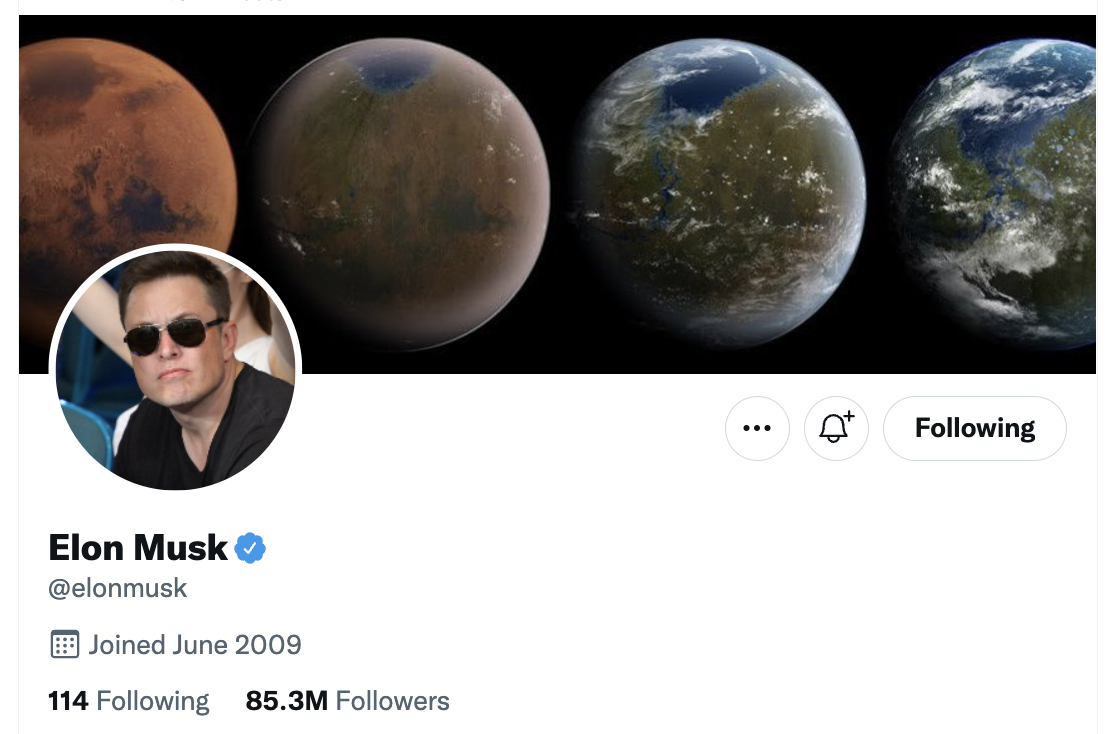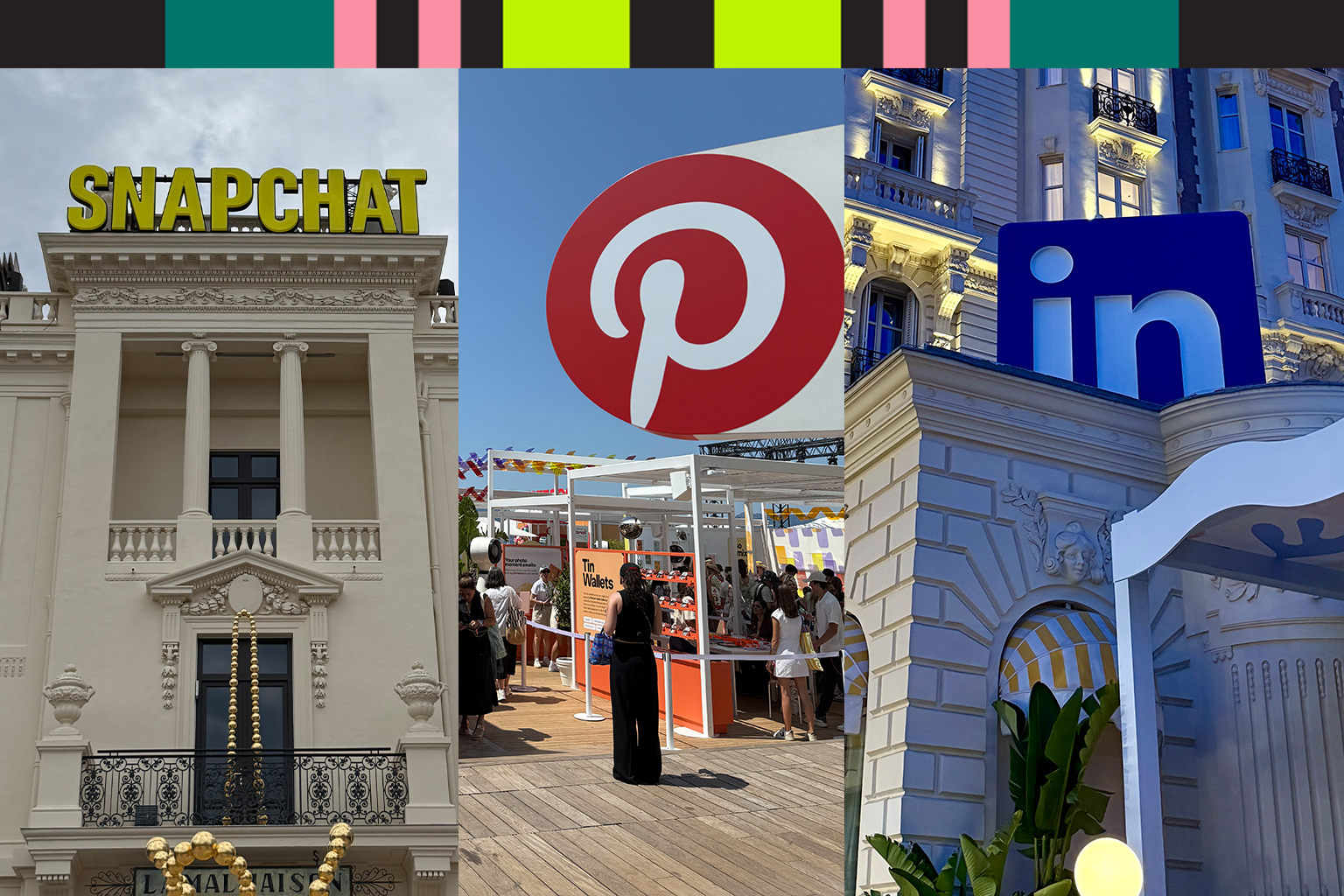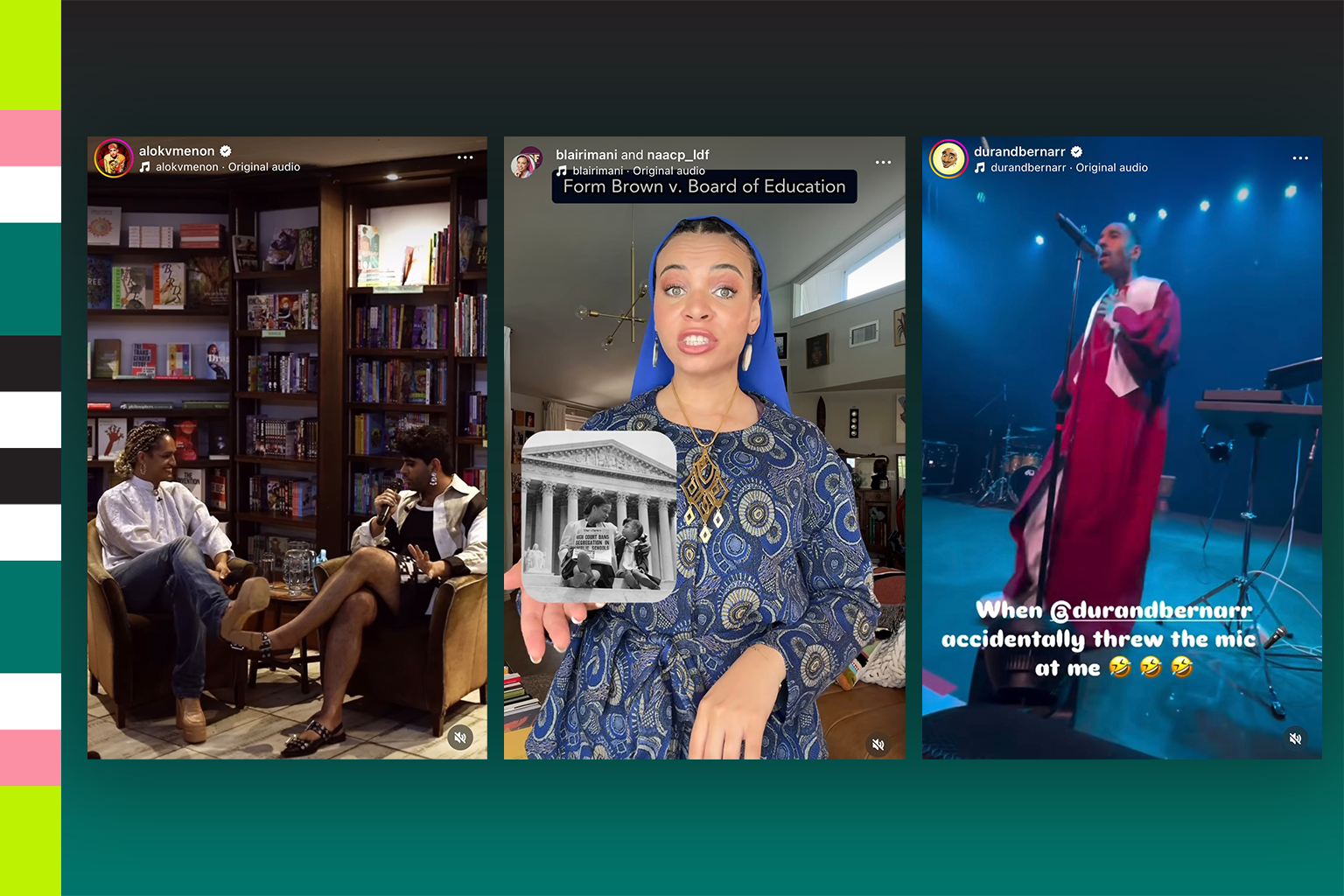Last week Twitter agreed to sell itself to Elon Musk for $44 billion on April 25. The billionaire is famously a massive fan of the platform, free speech, and overall stirring up buzz that benefits his companies. Assuming the deal goes there, there is change afoot on one of the core social platforms for a company’s social channel map in 2022.
Here are five things for brands to consider about the acquisition:
- Transparency: Musk is an advocate for increased transparency around the algorithm, ideally making it open source. If the reach of someone’s tweet is amplified or reduced, Twitter should give users insight into what happened. He is also an advocate for the Edit button, including clear indicators when a Tweet has been edited. Community managers may love that change.
- New content moderation policies: Musk is in favor of human authentication, eliminating spam and scam bots, and relaxing content moderation – including “time outs” rather than permanent suspensions. Twitter has current moderation issues and user safety issues this direction may not help address. Brand safety may emerge as a key consideration for a brand’s Twitter strategy with these changes.
- Increased product innovation: Unlike Snap, Pinterest, Meta, and other social networks, Twitter hasn’t invested in nor invented widely on their platform. In fact, the platform has struggled with product instincts in the past (e.g., shutting down Vine). Beyond Revue and Twitter Spaces, look for more product innovation, advertising opportunities, acquisitions, and even pivots from the current platform. Brands will want to stay close with their social partners on new and emerging pilot opportunities.
- More Blockchain support: Twitter already supports Bitcoin tipping and NFT profile pictures, but given Musk and Jack Dorsey’s affinity for cryptocurrency and authentication, look for more innovation and platform support of Web3 technologies. Brands should continue to educate and prepare for the coming Web3 implications on Twitter and beyond.
- Evaluating Twitter’s role in a brand’s marketing mix: Musk may try to reduce ads on the platform while increasing subscriptions to Twitter Blue, making organic more important. There could also be new and innovative ad products, making paid media more important. It’s possible that some people who have been banned on the platform will be allowed back on. Any of these factors could impact factors of brand safety, engagement opportunities, and social ad strategy. Ultimately, it’s too early to make drastic changes in platform investment either way. But keeping a close eye on these changes is recommended.
Of note, anytime a popular social platform experiences big changes we observe exaggerated statements and overreaction from consumers, including calls for boycotts or de-platforming. But brands can learn lessons from the launch and failure of copycat platforms to understand that Twitter is sticky and people won’t leave without good reason. It’ll be easier to see the value created (or lost) over a longer time frame. And just like any social platform change, evaluation and scrutiny towards the role of a social, brand safety, and ROI should be continuously evaluated as situations change. That’s what social is all about. And you can tweet that.




